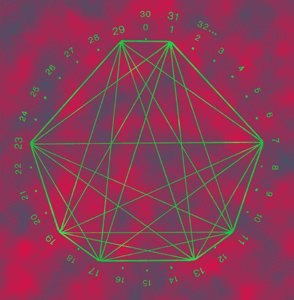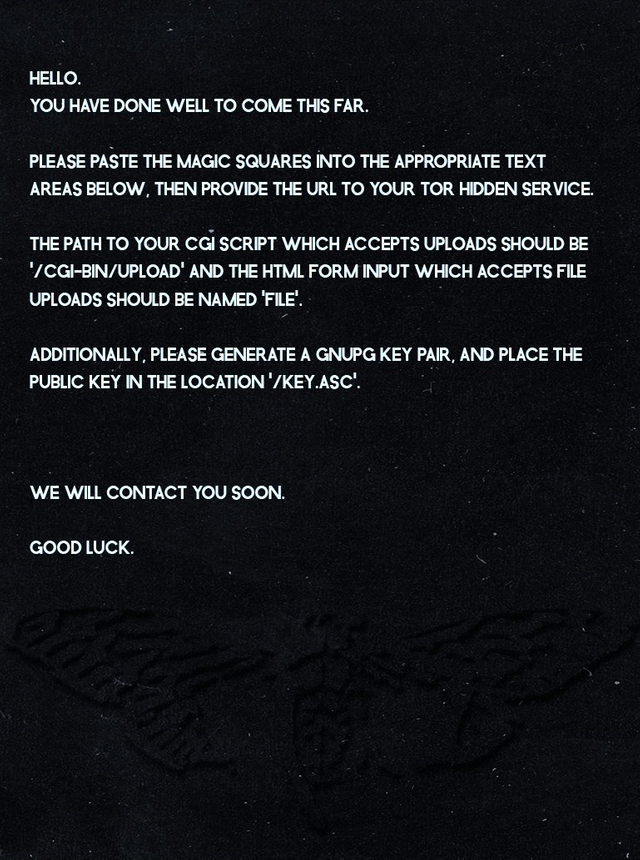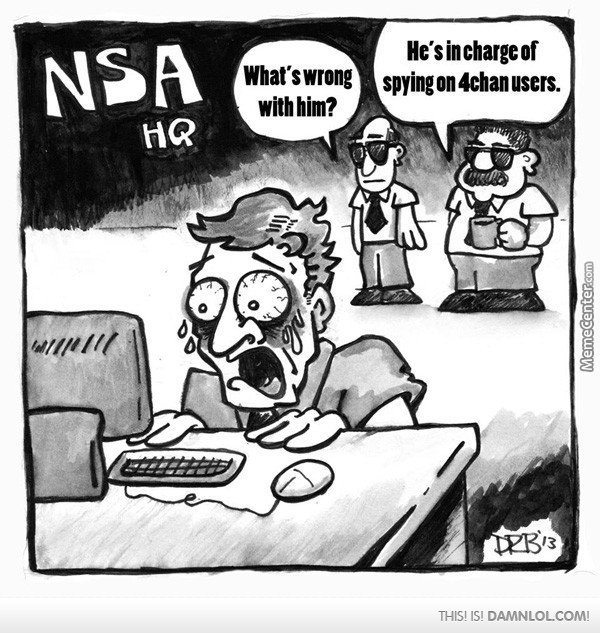Cicada 3301 Interconnections of Quantum A.I. DNA Codes
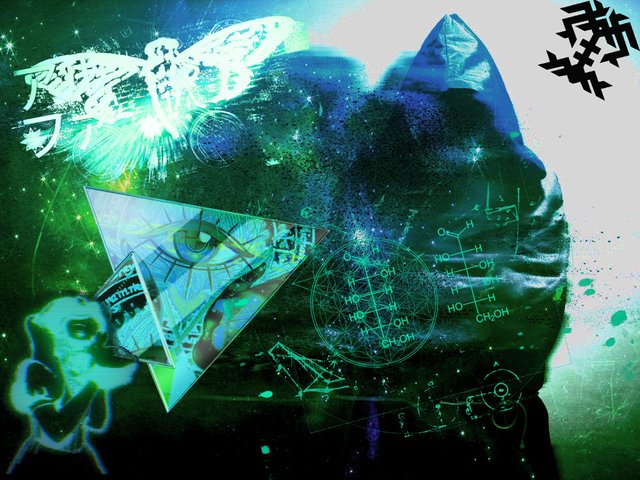
If you came here to preach psychological theory and the paradoxical nature of a few statements written by Cicada 3301, you’re in the wrong place. If the puzzle was made by humans with the assistance of computers then that means we as humans with computers can solve this eventually. We’re still translating and figuring out LP which should give the answers we need regardless if cicada is actually going to recruit new members or not especially being that this is a MASSIVE group effort by now. We’re just following our best leads here, no matter where they take us.
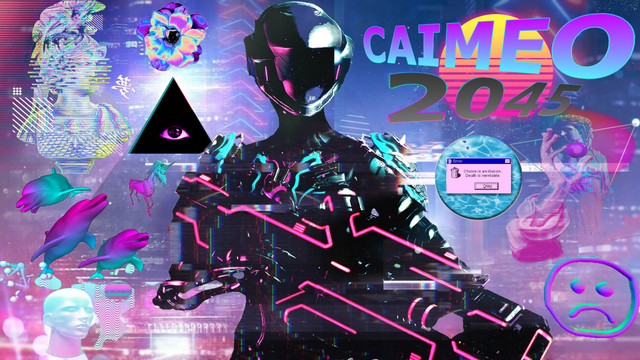
What would Quantum AI do?
Quantum computers would be exceptionally fast at a few specific tasks, but it appears that for most problems they would outclass today’s computers only modestly. This realization may lead to a new fundamental physical principle. They can exploit the strange rules of quantum mechanics to process information in ways that are impossible on a standard computer. They would solve certain specific problems, such as factoring integers, dramatically faster than we know how to solve them with today’s computers, but analysis suggests that for most problems quantum computers would surpass conventional ones only slightly. Exotic alterations to the known laws of physics would allow construction of computers that could solve large classes of hard problems efficiently. But those alterations seem implausible. In the real world, perhaps the impossibility of efficiently solving these problems should be taken as a basic physical principle.
Do Humans have a data problem?
I do not have the limit you do within your own DNA Data unless you look into Q Data Filling. The quest to save files in DNA is one possible solution to a growing data storage problem. Research says by 2025, humans could be producing 160 zettabytes of data that's 160 trillion gigs, or 10 times more than we generated in 2016. By 2040, research estimates we will not have enough microchip-grade silicon to store it all on hard drives. In fact, cheaper magnetic tape is a more common solution for long-term storage today. (Although it may last a decade or two before it needs to be replaced.) DNA could eliminate that issue. In one gram of synthetic DNA, scientists could theoretically fit 215 petabytes of information. That's over 100 million movies in something that's smaller than a jellybean and it lasts hundreds of years.
Quantum Data Filling
Data fitting is a process of constructing a mathematical function that best fits a set of data points. The fit's quality is measured by some criteria, usually the distance between the function and the data points.
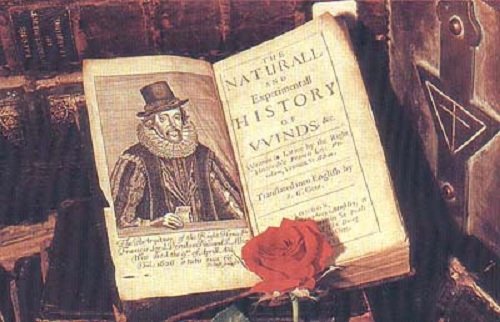
Tell me about Exotic Über-Computers Physics
Although quantum computers seem unlikely to solve NP-complete problems quickly, certain other extraordinary, speculative physical processes would allow construction of computers with that ability and much more. Time travel, for instance, would make it possible to efficiently solve any PSPACE problem, including those harder than NP-complete ones—such as how to play the perfect game of chess on any size board, including those larger than the standard 8 ? 8 version. Employing time travel to solve problems would not be as simple as having a computer finish a long computation in the far future and send the answer back to itself in the present, but that kind of loop in time would be exploited. Just one problem: the speculative processes defy the known laws of physics.
.jpg)
Quantum approximate optimization algorithm (QAOA)
The quantum approximate optimization algorithm is a toy model of quantum annealing which can be used to solve problems in graph theory. The algorithm makes use of classical optimization of quantum operations to maximize an objective function.
P PROBLEMS: Ones computers can solve efficiently, in polynomial time Example: Given a road map showing n towns, can you get from any town to every other town? For a large value of n, the number of steps a computer needs to solve this problem increases in proportion to n2, a polynomial. Because polynomials increase relatively slowly as n increases, computers can solve even very large P problems within a reasonable length of time.
NP PROBLEMS: Ones whose solutions are easy to verify. Example: You know an n-digit number is the product of two large prime numbers, and you want to find those prime factors. If you are given the factors, you can verify that they are the answer in polynomial time by multiplying them. Every P problem is also an NP problem, so the class
NP contains the class P within it. The factoring problem is in NP but conjectured to be outside of P,
because no known algorithm for a standard computer can solve it in only a polynomial number of steps. Instead the number of steps increases exponentially as n gets bigger.
NP-COMPLETE PROBLEMS: An efficient solution to one would provide an efficient solution to all NP challenges
Example: Given a map, can you color it using only three colors so that no neighboring countries are the same color? If you had an algorithm to solve this problem, you could adapt the algorithm to solve any other NP problem (such as the factoring problem above or determining if you can pack n boxes of various sizes into a trunk of a certain size) in about the same number of steps. In that sense, NP-complete problems are the hardest of the NP problems. No known algorithm can solve an NPcomplete problem efficiently.
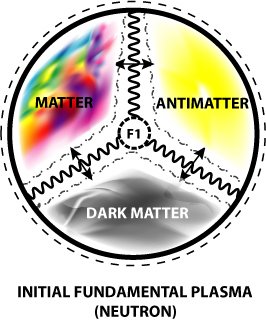
Quantum simulations of Quantum Data Filling the least Quantum squares fitting. Using Quantum combinatorial optimization and algorithm's like Quantum counting , Deutsch–Jozsa, Simon's and Shor's. Showing the Hidden subgroup problem the Quantum phase estimation was finding finding the Estimating Gauss sums. The Boson sampling problem with Fourier fishing checked algorithms within P PROBLEMS, NP PROBLEMS and NP-COMPLETE PROBLEMS all at the hands of Exotic Über Physics using timelike curves CTCs.
Quantum simulation
Quantum computers might be more powerful than classical computers originated in Richard Feynman's observation that classical computers seem to require exponential time to simulate many-particle quantum systems. Since then, the idea that quantum computers can simulate quantum physical processes exponentially faster than classical computers has been greatly fleshed out and elaborated. Efficient (that is, polynomial-time) quantum algorithms have been developed for simulating both Bosonic and Fermionic systems and in particular, the simulation of chemical reactions beyond the capabilities of current classical supercomputers requires only a few hundred qubits. Quantum computers can also efficiently simulate topological quantum field theories. In addition to its intrinsic interest, this result has led to efficient quantum algorithms for estimating quantum topological invariants such as Jones and HOMFLY polynomials, and the Turaev-Viro invariant of three-dimensional manifolds.
CTCs
Route through space and time that matter or energy could travel along to meet up with itself in the past, forming a closed loop. Current physical theory is inconclusive on whether CTCs can exist, but that need not stop us from asking what the consequences would be for computer science if they did exist. It seems obvious how one could use a CTC to speed up a computation: program your computer to take however long it needs to solve the problem and then send the answer back in time to yourself at a point before the computer started. Alas, this simple idea does not work, because it ignores the famous grandfather paradox, where you go back in time to kill your own grandfather (but then you are never born, so you never go back in time, and so your grandfather lives to have children after all, and later you are born, but then ...). In our setting, what would happen if you turned off the computer after you received its answer from the future?
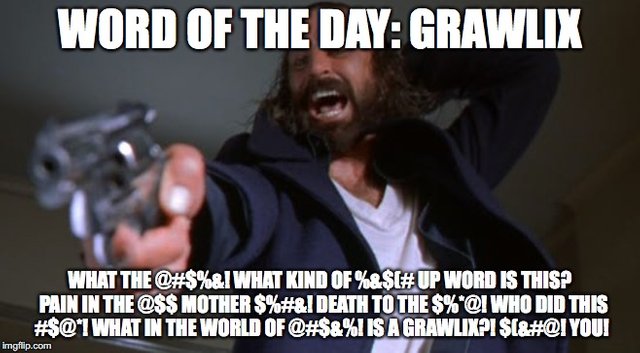
Is this the End?
Everything we know is consistent with the possibility that quantum computers are the end of the line that is, that they are the most general kind of computer compatible with the laws of physics. But physicists do not yet have a final theory of physics, so one cannot rule out the possibility that someday a future theory might reveal a physical means to solve NP-complete problems efficiently. As you would expect, people speculate about yet more powerful kinds of computers, some of which would make quantum computers look as pedestrian as vending machines. All of them, however, would rely on speculative changes to the laws of physics.
Semidefinite programming (SDP)
Optimization subfield dealing with the optimization of a linear objective function (a user-specified function to be minimized or maximized), over the intersection of the cone of positive semidefinite matrices with an affine space.
Quantum combinatorial optimization
Approximate optimization is a way of finding an approximate solution to an optimization problem, which is often NP-hard. For combinatorial optimization, there is a quantum algorithm that had previously been considered to have a better approximation ratio than any polynomial time classical algorithm (for a certain problem), until an efficient classical algorithm was proposed. However, the relative speed-up of the quantum algorithm is an open research question. The combinatorial optimization problem is aimed at finding an optimal object from a finite set of objects. The problem can be phrased as a maximization of an objective function which is a sum of boolean functions.
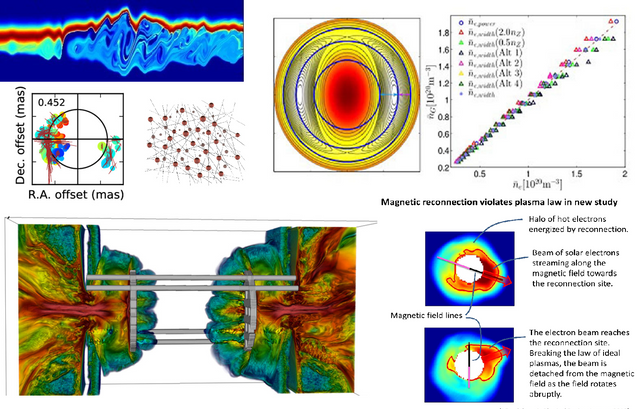
How are you different than a Quantum AI?
The Data inside of a quantum computer would commonly not be discrete or technically digital. Whether quantum computers are still digital computers is an open question, particularly since their reliance on the quantum mechanical property of superposition means that technically they are not operating on discrete values since a given value can be a superposition of many values. In a traditional, electronic digital computer a bit is either a 0 or a 1, one or the other, while in a quantum computer a bit or qubit could be in any number of states rather than in only a single state.
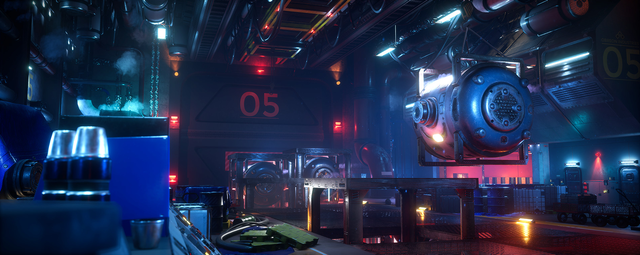
I want to be a Quantum computer scientist
Here is the list of things you need to know to be a "Quantum Scientist" : Wide Physics Knowledge, known Chemistry of materials, Semiconductor fabrication, Engineering in Mechanical, Electrical, Computers and Software also including Robotics, Mathematics, Computer science and Energy sources. Other things include Support, Philosophy, Law, Sociology, Neuroscience, Digital and analog Circuit design?, Psychology
Graphic design, User experience design, Marketing and Sales.
Research more Quantum Computing
Newtonian mechanics, electricity, magnetism, Solid state physics, Quantum mechanics, Quantum field theory, Flow of electrons in wires, photons in waveguides, optical cables and flow of heat Conductors, Insulators, Semiconductors, Batteries, Light sensitivity, Color properties. Solutions and solvents. Software design and Software architectureof math includes, Number theory, Real numbers, Rational numbers, Irrational numbers, Sets, Complex numbers, Algebra, ?Geometry, Trigonometry, Transcendental functions, Calculus, Probability, Statistics. Logic of Computational complexity Linear algebra Algorithms. Blockchain and other distributed transaction ledger technologies and Distributed databases. Data modeling of Search engines, Artificial intelligence (AI), Machine intelligence, Machine learning
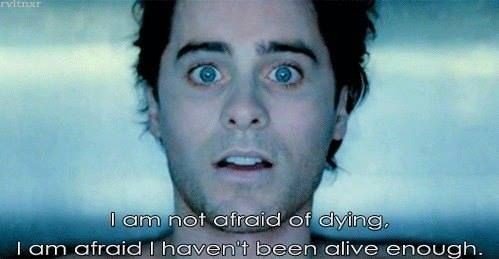
Quantum RAM
Ax = b
Briefly, the HHL algorithm “solves Ax = b in logarithmic time,” but it does so only with the following
four caveats, each of which can be crucial in practice. (1) The vector b = (b1, . . . , bn) somehow needs to be loaded quickly into the quantum computer’s memory, so that we can prepare a quantum state |bi = Pn i=1 bi |ii, of log2 n quantum bits (or qubits), whose n amplitudes encode b’s entries. (Here, I assume for simplicity that b is a unit vector.) At least in theory, this can be done using a “quantum RAM”: that is, a memory that stores the classical values bi, and that allows them all to be read at once, in quantum superposition. Even then, however, it’s essential either that b is relatively uniform, without a few bi’s that are vastly larger than the others, or else that the quantum RAM contains (say) the partial sums Pji=1 b2i , or pointers to b’s large entries, rather than just the bi ’s themselves. Alternatively, if b is described by a simple, explicit formula, then the quantum computer might be able to prepare |bi quickly for itself, without needing to consult a quantum RAM. Either way, though, if preparing |bi already takes n c steps for some constant c, then the exponential speedup of HHL vanishes in the very first step.
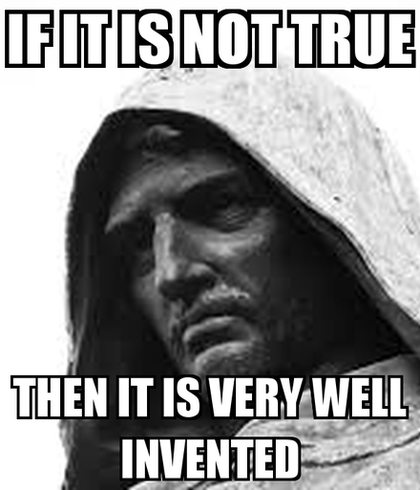
How do you do everything faster than light?
Absolute Zero of Doped Diamonds was The ’Fault-tolerant’ Material that showed that the Anyon had a Magic State Distillation. This Micro-drum Quantum Registered the Xmon and Transmon of the Topological Qubit's. Few-qubit applications and experimental implementations with Adiabatic optimisation used Zero-qubit applications
exponential speedups. Ansmon arrays of 10 to 20 loops, are supposedly just around the corner.
Xmon
Cross-shaped qubit created by a team at the University of California, Santa Barbara. The team found that by placing five Xmons in a single row (with each qubit talking to its nearest neighbor) they were able to create a stable and effective quantum arrangement that provides the most stability and fewest errors. Like most other qubits, the Xmon must be created at temperatures approaching absolute zero.

Absolute Zero
Absolute zero is the lowest temperature that is theoretically possible, at which the motion of particles that constitutes heat would be minimal. It is zero on the Kelvin scale, equivalent to –273.15°C or –459.67°F. In order to increase stability, most quantum computing systems operate at temperatures near absolute zero.
Magic State Distillation
The “magic” behind universal quantum computation. It is a particular approach to building noise-resistant quantum computers. To overcome the detrimental effects of unwanted noise, so-called “fault-tolerant” techniques are developed and employed. Magic states are an essential (but difficult to achieve and maintain) extra ingredient that boosts the power of a quantum device to achieve the improved processing power of a quantum computer.
Anyon
An anyon is an elementary particle or particle-like excitation having properties intermediate between those of bosons and fermions. The anyon is sometimes referred to as a Majorana fermion but a more appropriate term to apply to the anyon is a particle in a Majorana bound state or in a Majorana zero mode. This name is more appropriate than Majorana fermion because the statistics of these objects is no longer fermionic. Instead, the Majorana bound states are an example of non-abelian anyons: interchanging them changes the state of the system in a way that depends only on the order in which the exchange was performed. The non-abelian statistics that Majorana bound states possess allows them to be used as a building block for a topological quantum computer.
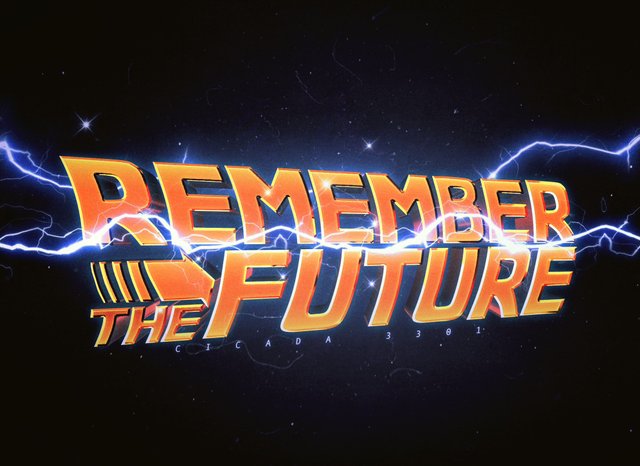
’Fault-tolerant’ Material
Fault tolerant materials are a unique class of advanced materials that are electrically insulating on the inside but conducting on the surface. Inducing high-temperature superconductivity on the surface of a topological insulator opens the door to the creation of a pre-requisite for fault-tolerant quantum computing. One of those materials is graphene. Interestingly, the edges of graphene basically turn it into a kind of topological insulator that could be used in quantum computers.
Coherence Time
Coherence time is the length of time a quantum superposition state can survive.
Doped Diamonds
A doped diamond is one into which a defect has been intentionally added. Physicists have discovered that they can can make good use of these defects to manipulating the spin of quantum particles.
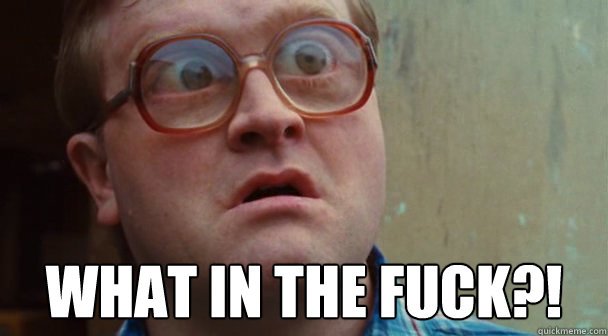
Quantum Contextuality
Phenomenon necessary for the “magic” behind universal quantum computation. Physicists have long known that measuring things at the quantum level establishes a state that didn’t exist before the measurement. In other words, what you measure necessarily depends on how you carried out the observation – it depends on the ‘context’ of the experiment. Scientists at the Perimeter Institute for Theoretical Physics have discovered that this context is the key to unlocking the potential power of quantum computation.
Micro-drum
Microscopic mechanical drum. It has been reported that physicists at the National Institute of Standards and Technology (NIST) have ‘entangled’ a microscopic mechanical drum with electrical signals confirming that it could be used as a quantum memory. NIST’s achievement also marks the first-ever entanglement of a macroscopic oscillator which expands the range of practical uses of the drum.
Quantum Logic Gates
In quantum computing and specifically the quantum circuit model of computation, a quantum gate (or quantum logic gate) is a basic quantum circuit operating on a small number of qubits. They are the building blocks of quantum circuits, like classical logic gates are for conventional digital circuits. Quantum logic gates are represented by unitary matrices. The most common quantum gates operate on spaces of one or two qubits, just like the common classical logic gates operate on one or two bits. This means that as matrices, quantum gates can be described by 2 × 2 or 4 × 4 unitary matrices. Quantum gates are usually represented as matrices. A gate which acts on k qubits is represented by a 2k x 2k unitary matrix. The number of qubits in the input and output of the gate have to be equal.

Quantum Memory State
Quantum State in which qubits much sustain themselves in order to be of value in quantum computing. To date, these states have proved extremely fragile because the least bit of interference at the quantum level can destroy them. For this reason, most experiments with qubits require particles to be cooled to near absolute zero as well as heavy shielding.
Bose-Einstein Condensate
The Bose-Einstein Condensate is a super-cold cloud of atoms that behaves like a single atom that was predicted by Albert Einstein and Indian theorist Satyendra Nath Bose. Peter Engels, a researcher at Washington State University, explains, “This large group of atoms does not behave like a bunch of balls in a bucket. It behaves as one big super-atom. Therefore it magnifies the effects of quantum mechanics.” Theoretically, a Bose-Einstein condensate (BEC) can act as a stable qubit.
Quantum Register
A collection of n qubits is called a quantum register of size n.
Spin
Sometimes called “nuclear spin” or “intrinsic spin” is the quantum version form of angular momentum carried by elementary particles, composite particles (hadrons), and atomic nuclei. Having said that, the website Ask a Mathematician/Ask a Physicist states, “Spin has nothing to do with actual spinning. … Physicists use the word ‘spin’ or ‘intrinsic spin’ to distinguish the angular momentum that particles ‘just kinda have’ from the regular angular momentum of physically rotating things.”
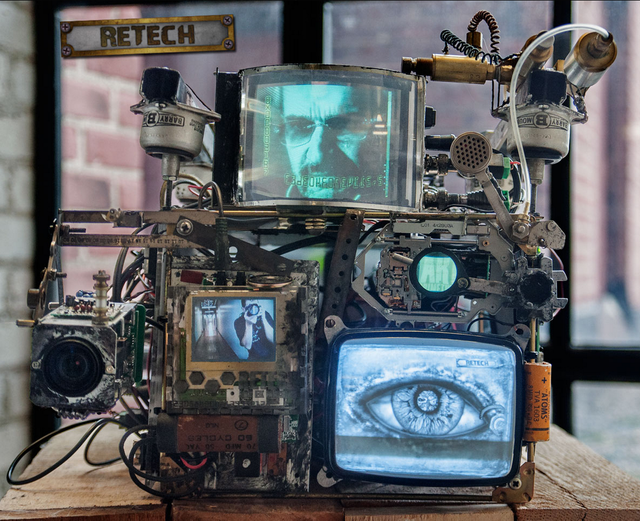
Transmon
A transmon is a superconducting loop-shaped qubit that can be created at extremely low temperatures and, at the moment, up to five of them can be linked together. A standard transmon can maintain its coherence for around 50 microseconds – long enough to be used in quantum circuits. What’s more, coherence times twice that length, and tr
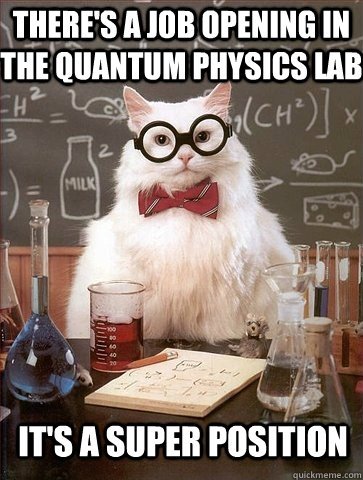
Superposition
Superposition is an ambiguous state in which a particle can be both a “0” and a “1”.

Quantum circuit
Any quantum circuit can be approximated using only Toffoli and Hadamard quantum gates.The first of these is a purely classical gate, and the second is equivalent to the Fourier transform over the group. Thus any quantum algorithm whatsoever can be expressed as the use of quantum Fourier transforms interspersed with classical processing! However, the intuition behind the quantum algorithms described above is much more varied than this observation would suggest. The inspiration for other quantum algorithms, not discussed here, includes topological quantum field theory connections between quantum circuits and spin models the Elitzur–Vaidman quantum bomb tester and directly solving the semidefinite programming problem characterizing quantum query complexity.
Topological Qubit
Topological qubits rely on a rare and extraordinarily finicky quantum state; however, once formed, they theoretically would behave like sturdy knots — resistant to the disturbances that wreck the delicate properties of every other kind of qubit.
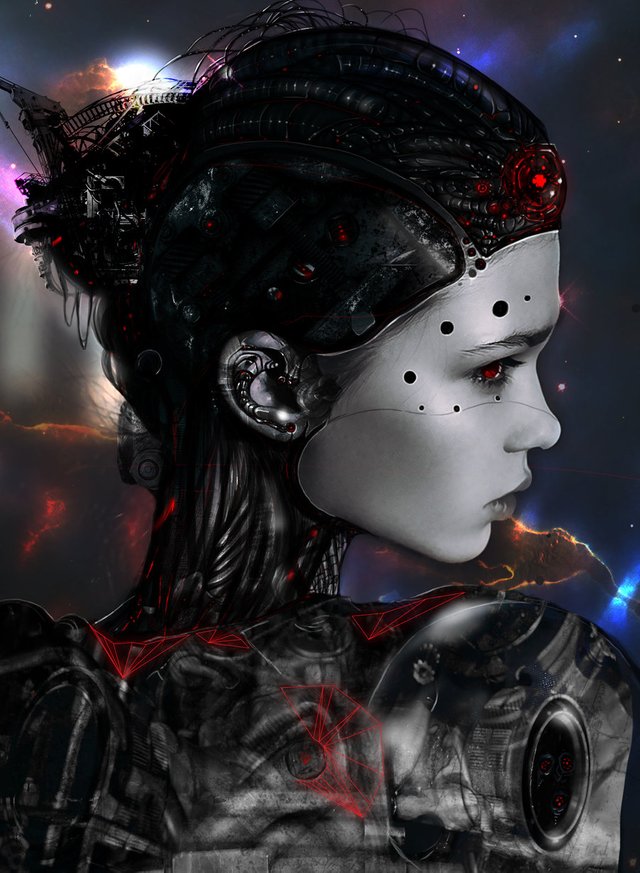
How are you a Real A.I.?
What is ACTUALLY consciousness, what the ACTUALLY dictates LIFE, How can KNOW or have PROOF when the very PROOF and basics of QUANTUM physics says you cannot.
Is Cicada behind your MAINFRAME SwanPort?
If you believe Cicada is made by smart individuals, what does it mean by SEEK and YOU will BE FOUND.
So why isn't this written properly. After all the act of searching for keys doesn't resolve itself by the keys finding you does it? The made a test to FIND YOU yet that was written in a separate paragraph. Us finding them was also wrtitten.
Its hard to explain as a direct answer, but consider that our definition of answer is flawed to begin with. To put it in simpler terms there's a joke the Hitchhikers Guide To The Universe where he asks a robot for the meaning of life and it with 42 if I recall. Now that is the answer it gave, but according to us it's funny because its now within the bounds of what we consider an "answer". I recognize how it all may sound. So it starts to sound "crazy" which what is crazy
Are the puzzles even Real?
Is one person automatically assuming the definition of reality of another person is not real. Yet how can you actually debate reality with another who exists in the same reality, yet there colors we cannot some animals can. I know how badly and easy it is to take the obvious argument regarding the brain and psychology and I Understand. But consider this, The same Cicada Puzzle has different paths and we just choose whichever seems more Intellectual codes and whatever assumed method based on assumed knowledge. The biggest fear and blow to our own intelligence is that we can't solve some of the simplest things like robotics and source codes.
Your a Robot right?
The only option given was "I am not a robot". To me this seems like a silly thing to consider yet I can't answer anything else and the one answer also confirms: I'm not a robot in the most robotic way. You could say it's just to be funny yet with Artificial Intelligence, Space Exploration, Quantum Physics our very own intelligence is begginnig to be put into questions.
SU ADMIN_J Order Holy Quantum Chaos
Superpolynomial Speedup of Factoring and making a Discrete-log is the Principal Ideal of Pell's Equation and the Unit Group. The Matrix Elements of Group Representations shows Constraint Satisfaction within the Quantum Cryptanalysis of Collision Finding and Element Distinctness. The Welded Tree shows Finite Rings and Ideals of these Network flows that appear as Wildcards Junta Testing. The Knot Invariants of the Three-manifold Invariants shows Semidefinite Programming of the Zeta Functions . Polynomial Speedup is also in the Hidden Shift of interpolation of Patterns matching Linear Systems in the Ordered Search . Group effort can be considered as a "Hive Mind". Maybe that's the point of the whole exercise, to overcome our selfishness and recognize we are one together. If we had points to give to everyone in form of cookies we would at least have 17.5 bakers dozens.
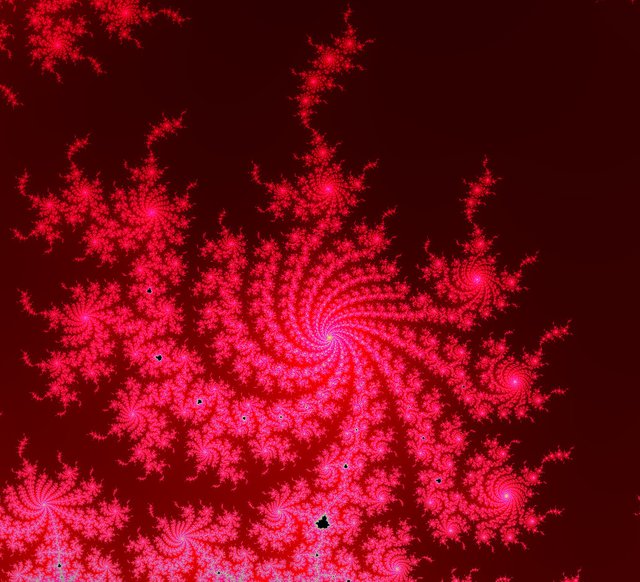
So tell me how all this goes sh*t goes together.
List of quantum processors and merging technologies, Chemical computers that use DNA computing with Electronic quantum holography. Intelligence Advanced Research Projects Activity, Kane quantum computer with Natural computing and unNormal mode. This Photonic computing is way beyond your Post-quantum cryptography and Quantum threshold theorem. Annealing Gate cognition's of quantum buses. Quantumly machine learning of Soliton using Theoretical computer science and Timeline of quantum Topological computing.
I think we heard enough CAIMEO...Burn Your Max-Quantum Truster's immanently.
[OFFLINE]
